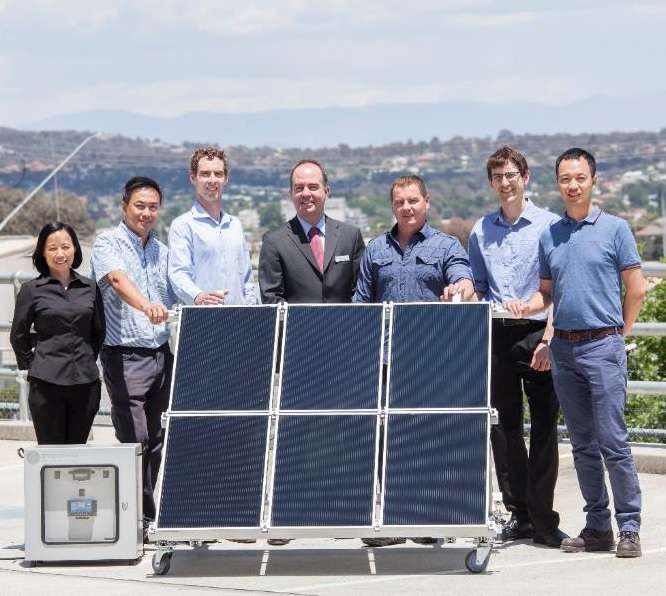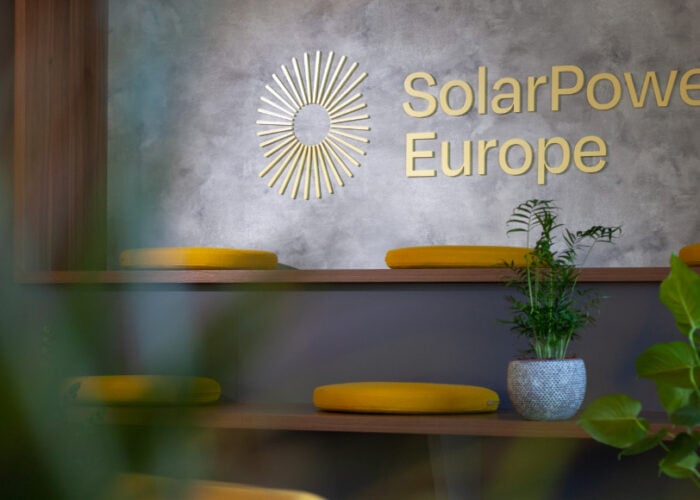
Australia-based perovskite solar cell developer GreatCell Solar, formerly Dyesol has recently secured European Union (EU) funding of €500,000 (approximately A$800K) through the Horizon 2020 project.
The company qualified for the H2020-SGA-FET-GRAPHENE project funding via its small R&D operations in Rome, Italy. The project is focused on the development and the installation of a Perovskite Solar Cell (PSC) Photovoltaic (PV) 10m2 solar array in the Greek island of Crete.
Try Premium for just $1
- Full premium access for the first month at only $1
- Converts to an annual rate after 30 days unless cancelled
- Cancel anytime during the trial period
Premium Benefits
- Expert industry analysis and interviews
- Digital access to PV Tech Power journal
- Exclusive event discounts
Or get the full Premium subscription right away
Or continue reading this article for free
This is designed to test and evaluate degradation rates of perovskite solar cells and modules in real-world conditions that could lead to improved encapsulation of perovskite solar cell enabled glass substrates, while investigating, in particular, the usage of graphene in PSC solar cells.
GreatCell Solar noted that its commercialisation plans included targeting PSC modules that generate electricity for as low as US$3.5 cents per kWh or US$0.20 cents to US$0.25cents per watt-peak (Wp).
The company will indirectly benefit from another EU funded R&D program that was recently announced through Nanoelectronics R&D organisation imec, which has been appointed as the lead to a three-year €5 million EU funded R&D program on perovskite solar cells that brings together a number of European research and commercial partners, including Ecole Polytechnique Federale de Lausanne (EPFL) in Switzerland.
EPFL has been the key long-standing R&D partner of GreatCell Solar.
In mid-2017, Leading ‘Silicon Module Super League’ (SMSL) member JinkoSolar started to collaborate with GreatCell Solar and the Nanyang Technology University (NTU) in Singapore on perovskite solar cells development for tandem junction silicon solar cells. There has not been any public updates on the collaboration, since.





